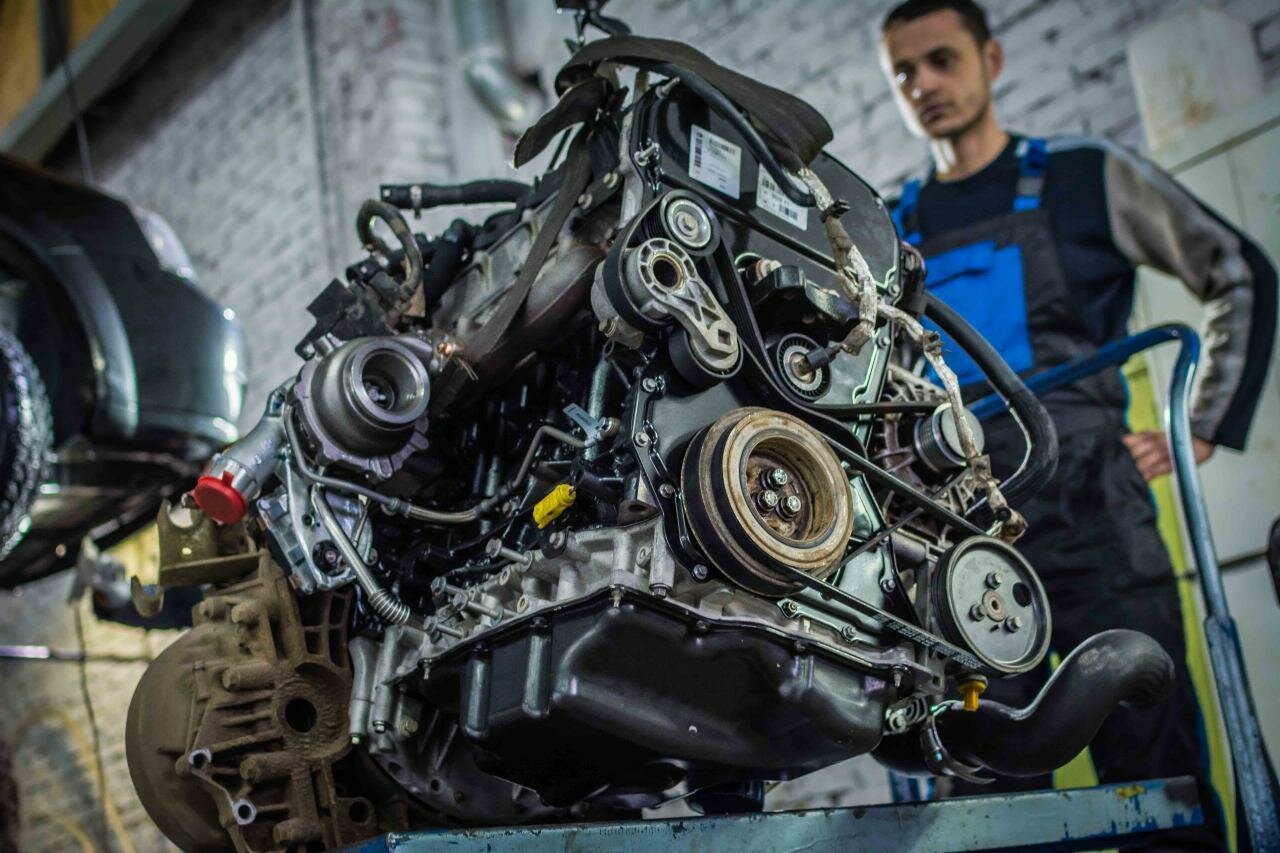Kia 2L Engine: A Brief Overview
History and Development
Kia Motors, a South Korean automobile manufacturer, has made significant strides in the global automotive market since its inception in 1944. Initially focused on bicycle manufacturing, Kia transitioned to producing motorcycles and eventually moved into the automotive sector in the 1970s. Over the decades, Kia has built a reputation for delivering affordable vehicles that offer a good balance of quality and performance. Among its various engine offerings, the 2L engine has been a notable component in several models, including the Kia Forte, Optima, and Sportage.
The 2L engine, typically a four-cylinder powerplant, was designed to provide a blend of efficiency and power suitable for compact and midsize vehicles. While it has been praised for its fuel economy and decent performance, it has not been without its issues. As Kia expanded its market reach, particularly in North America, the 2L engine became a focal point for both consumers and automotive experts.
However, as with any mass-produced engine, problems have emerged over time. Owners have reported various issues ranging from minor inconveniences to serious mechanical failures. These problems can affect not only the vehicle’s performance but also its reliability and safety. Understanding these issues is crucial for current and prospective Kia owners, as well as for anyone considering a used vehicle equipped with the 2L engine.
This article will delve into the common problems associated with the Kia 2L engine, examining the root causes, symptoms, and potential solutions. By shedding light on these issues, we aim to provide a clear perspective for those navigating the complexities of Kia’s 2L engine performance and reliability.
Kia 2L Engine Problems: A Closer Look
Common Issues Reported by Owners
The Kia 2L engine has garnered attention for several recurring problems that have surfaced over the years. While many owners have enjoyed reliable performance, a significant number have reported issues that can lead to costly repairs and diminished vehicle performance. Here are some of the most common problems associated with the Kia 2L engine:
- Oil Consumption: Many Kia 2L engines experience excessive oil consumption, leading to the need for frequent top-ups. This issue can result in engine wear and potential failure if not addressed promptly.
- Engine Knocking: Some owners have reported a knocking noise emanating from the engine, particularly during acceleration. This can be indicative of internal damage or poor lubrication.
- Timing Chain Issues: The timing chain in the 2L engine has been known to stretch or fail, which can lead to catastrophic engine damage if not replaced in a timely manner.
- Overheating: Overheating can occur due to a variety of factors, including coolant leaks or a malfunctioning thermostat. This can cause severe damage to engine components.
- Fuel System Problems: Issues with the fuel injectors or fuel pump can lead to poor engine performance, reduced fuel efficiency, and increased emissions.
Symptoms of Kia 2L Engine Problems
Identifying the symptoms of these issues early can save owners from more extensive damage and costly repairs. Here are some key symptoms to watch for:
- Increased oil consumption and frequent need for oil top-ups.
- Unusual noises, such as knocking or ticking sounds from the engine.
- Check engine light activation, often accompanied by diagnostic trouble codes.
- Overheating, indicated by the temperature gauge rising above normal levels.
- Decreased fuel efficiency and poor acceleration.
Potential Consequences of Ignoring Problems
Failing to address these issues can lead to severe consequences, including:
- Engine failure, necessitating a complete engine replacement.
- Increased repair costs due to cascading failures from neglected issues.
- Safety risks associated with engine malfunctions while driving.
Table of Symptoms and Consequences
| Symptom | Potential Consequence |
|---|---|
| Excessive oil consumption | Engine wear and potential failure |
| Engine knocking sounds | Internal damage and costly repairs |
| Timing chain failure | Catastrophic engine damage |
| Overheating | Severe damage to engine components |
| Poor fuel efficiency | Increased fuel costs and emissions |
Top views |
|
|---|---|
 |
Oil, Timing Chains, Pistons: What Really Kills an Engine Prematurely? |
 |
How to Choose a Car with a Reliable Engine: Used Car Market Hacks That Actually Work |
Conclusion
The Kia 2L engine, while generally reliable, has its fair share of problems that can affect performance and longevity. Awareness of these issues and their symptoms is crucial for owners to maintain their vehicles effectively. Regular maintenance and prompt attention to any warning signs can help mitigate the risks associated with these common engine problems.




0 Comments